Edit Content
We have collated some of our favourite tools are resources to help you think better.
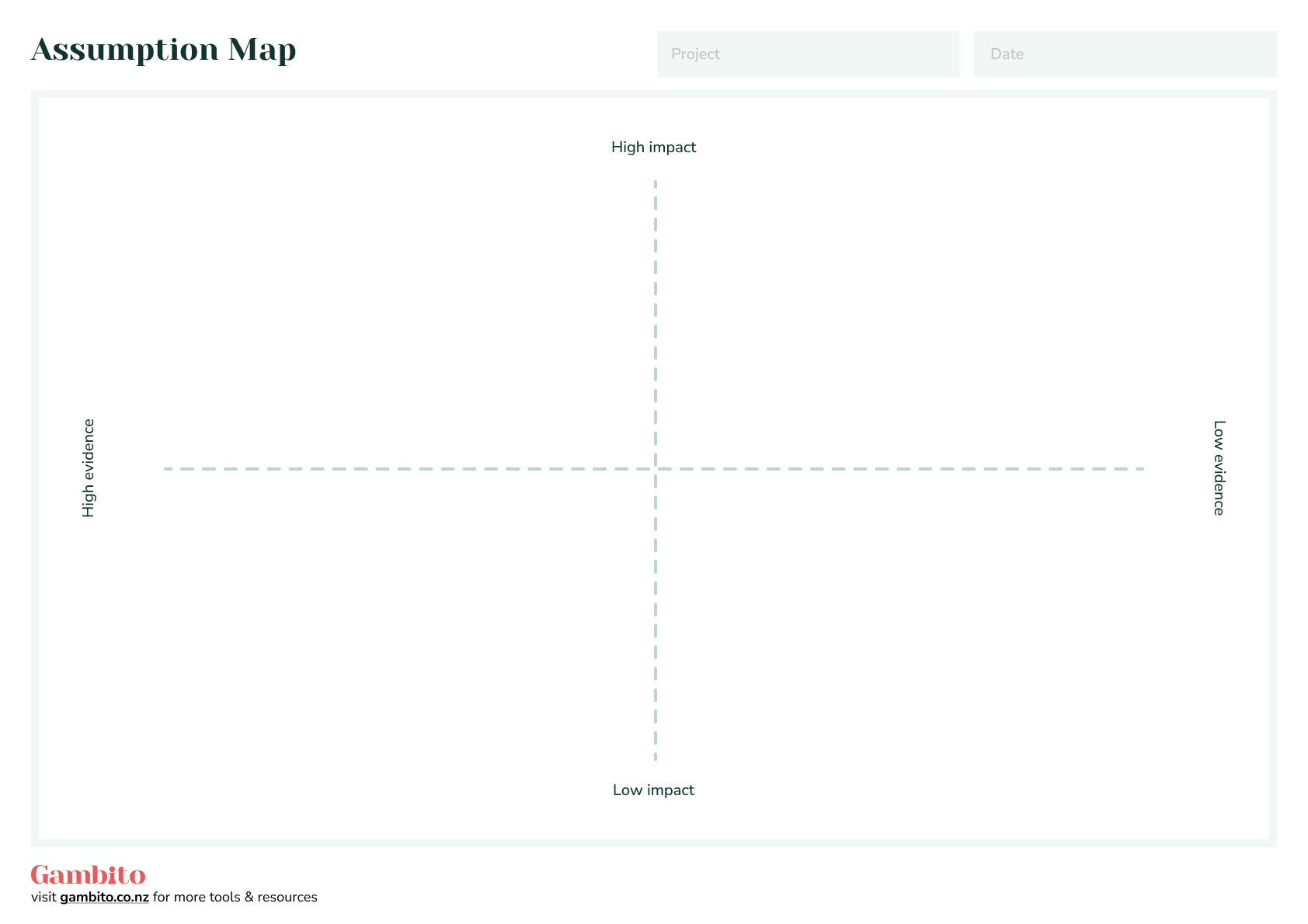
Precoil Founder David J Bland has created this canvas through his years of experience helping corporations think more creatively. This method helps teams focus on actions so that teams can successfully move their ideas forward without analysis paralysis.
Please send download link to:
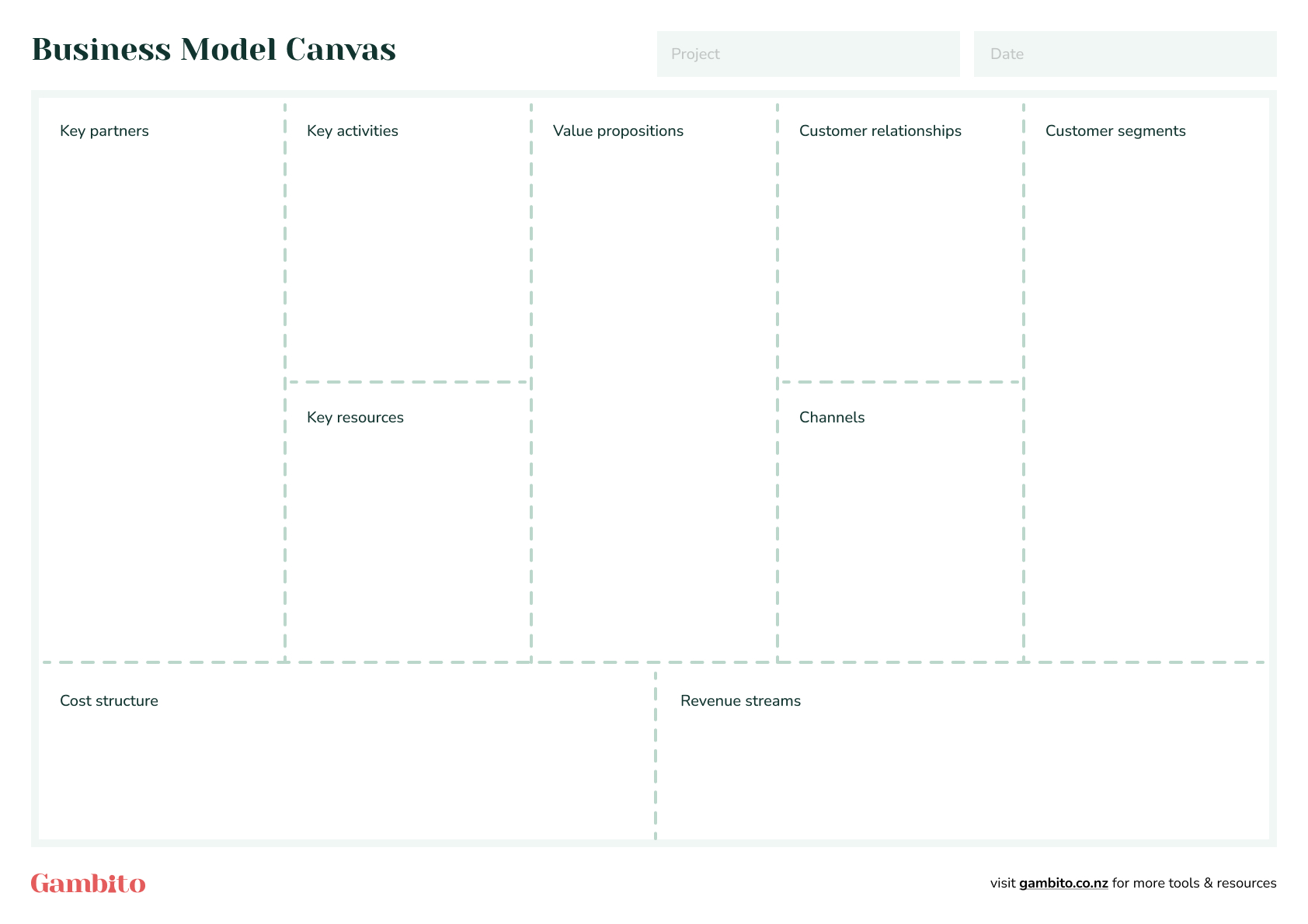
Use this timeless template to develop new business models and document existing ones. The nine “building blocks” of the business model design template created in 2005 by Alexander Osterwalder.
Please send download link to:
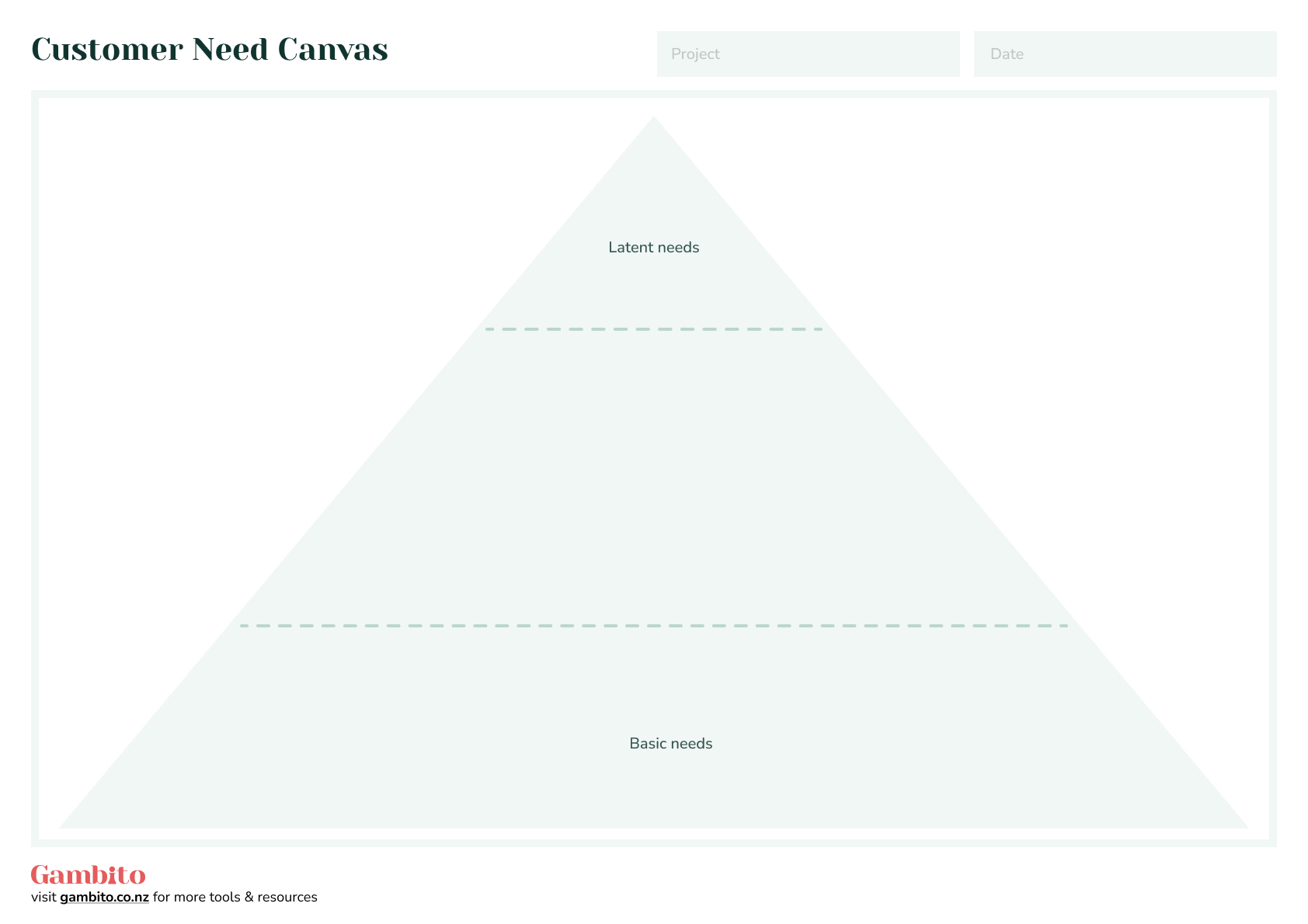
This method helps you to organize the different needs you have uncovered for your potential customers, and separate the nice-to-have items from the crucial needs.
Please send download link to:
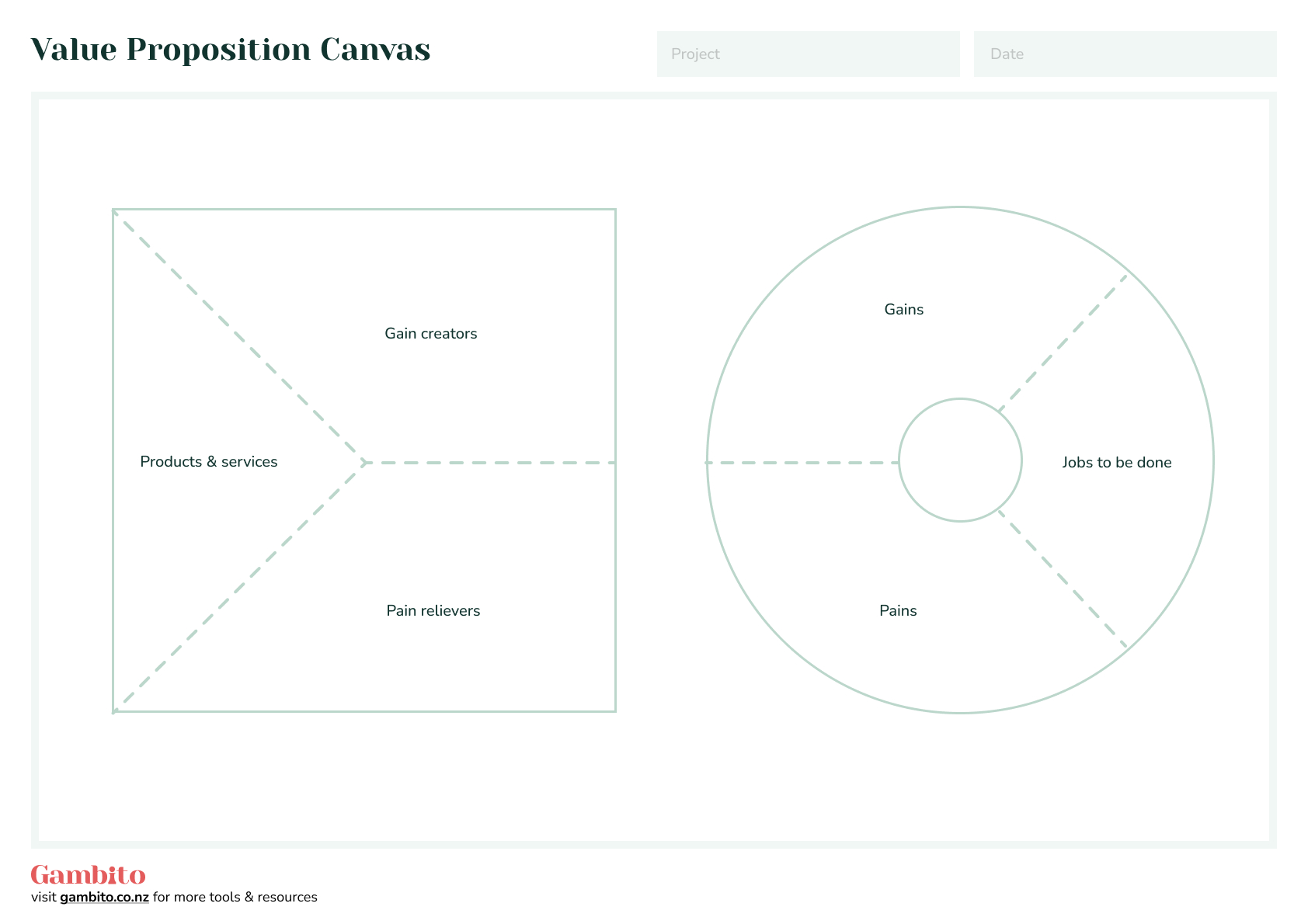
This method was developed by Alexander Osterwalder to help us visualize the link between the product and the market. This canvas helps model the relationship between two parts of Osterwalder’s broader Business Model Canvas, customer segments, and value propositions.
Please send download link to:
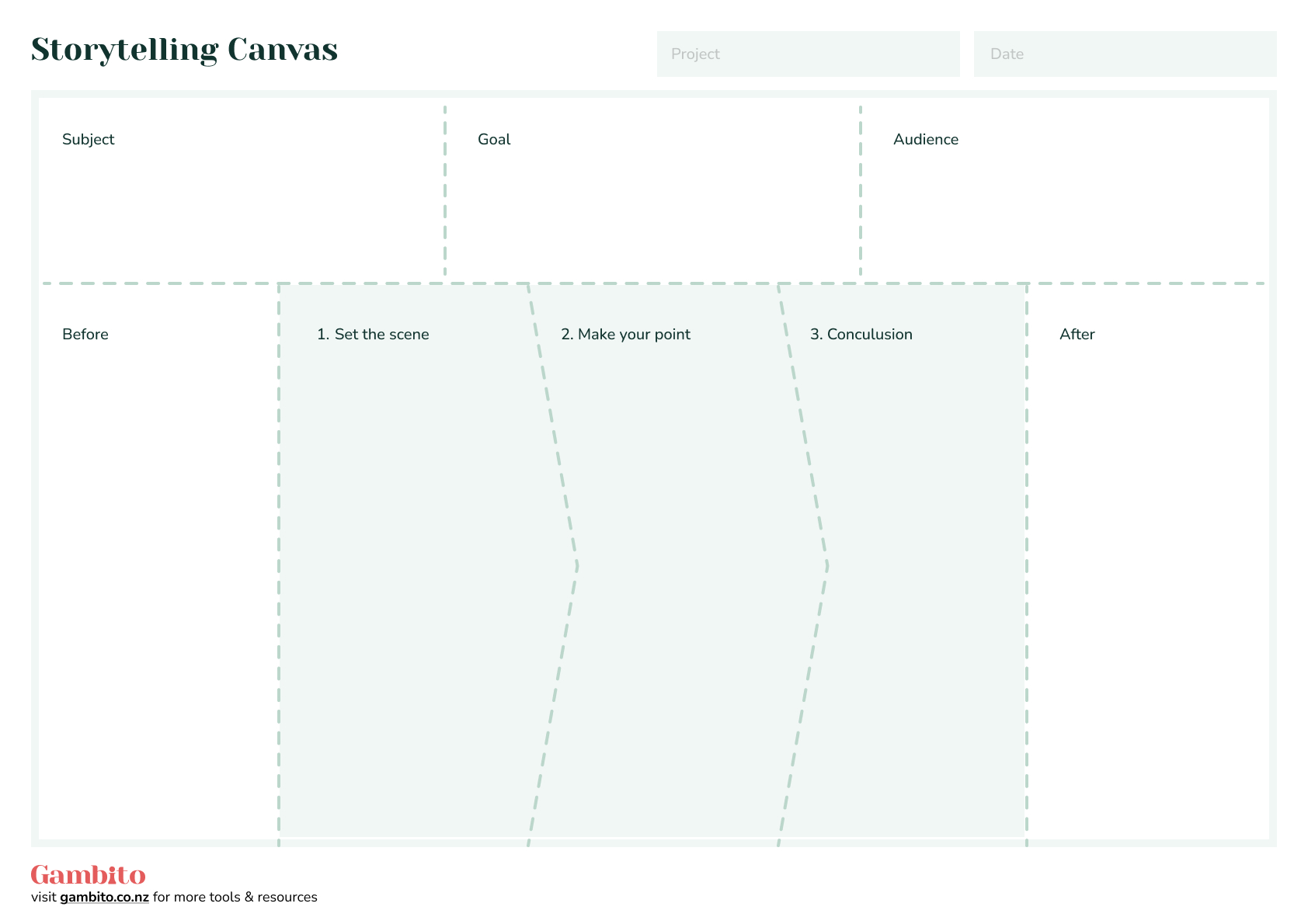
Stories are how we like to share information and knowledge since the beginning of time. This canvas helps you organize your story in a structured way.
Please send download link to:
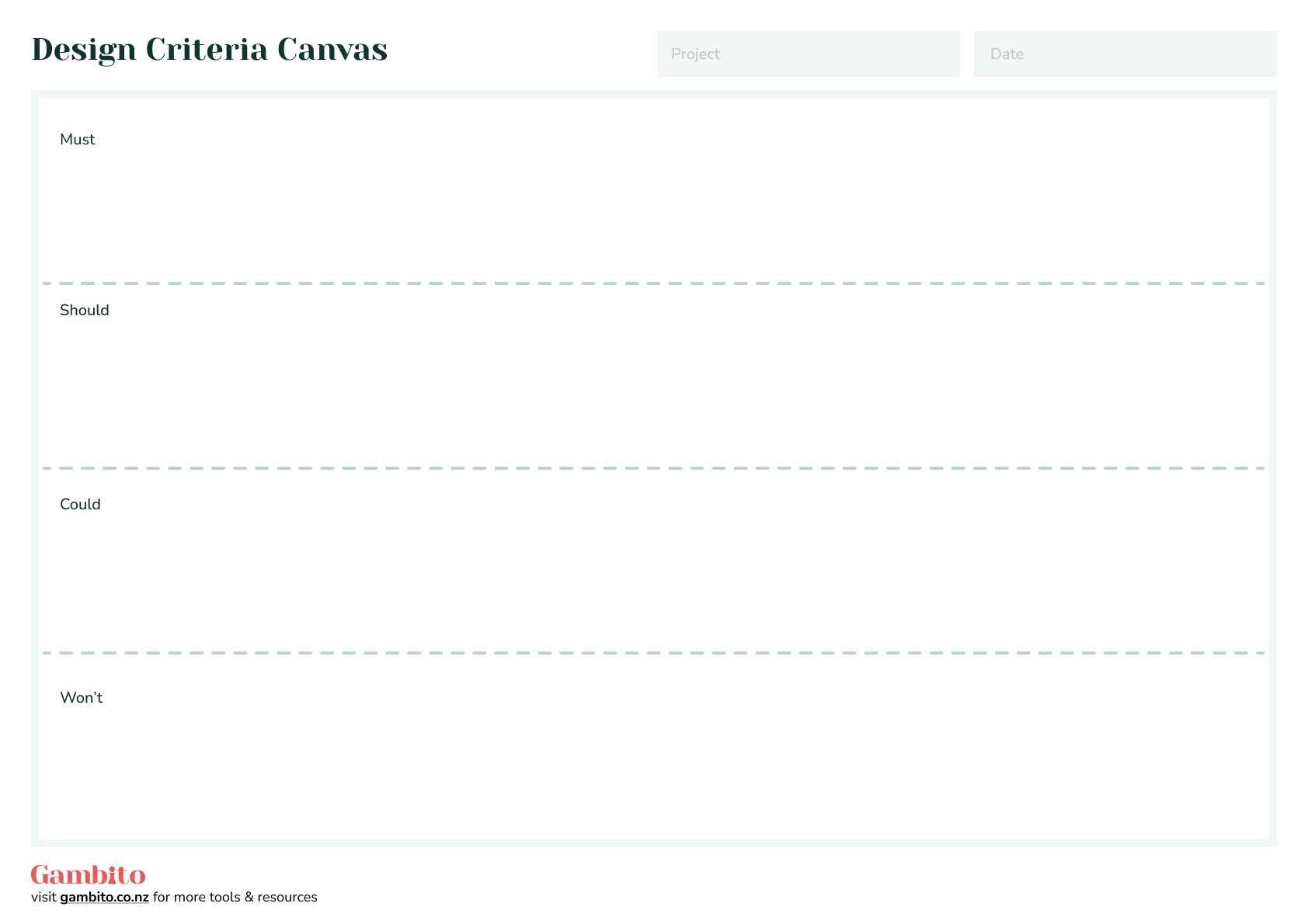
We designers love to understand the constraints we should be working within. This canvas helps us unpack just that and ensure we are not missing any crucial elements of what we’re working on.
Please send download link to:
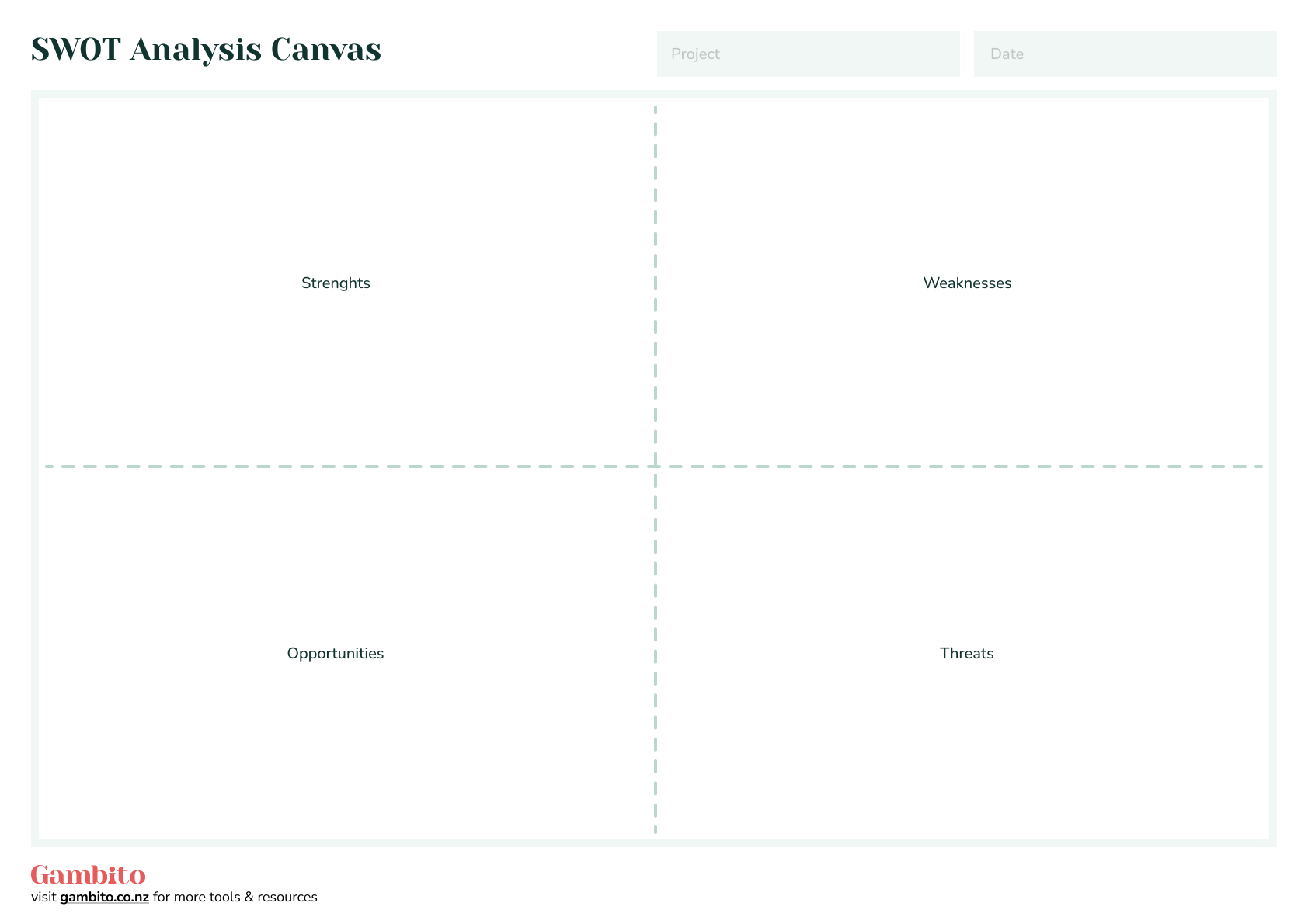
SWOT analysis is one of the oldest strategic planning and strategic management technique used to help us identify strengths, weaknesses, opportunities, and threats related to competition or project.
Please send download link to:
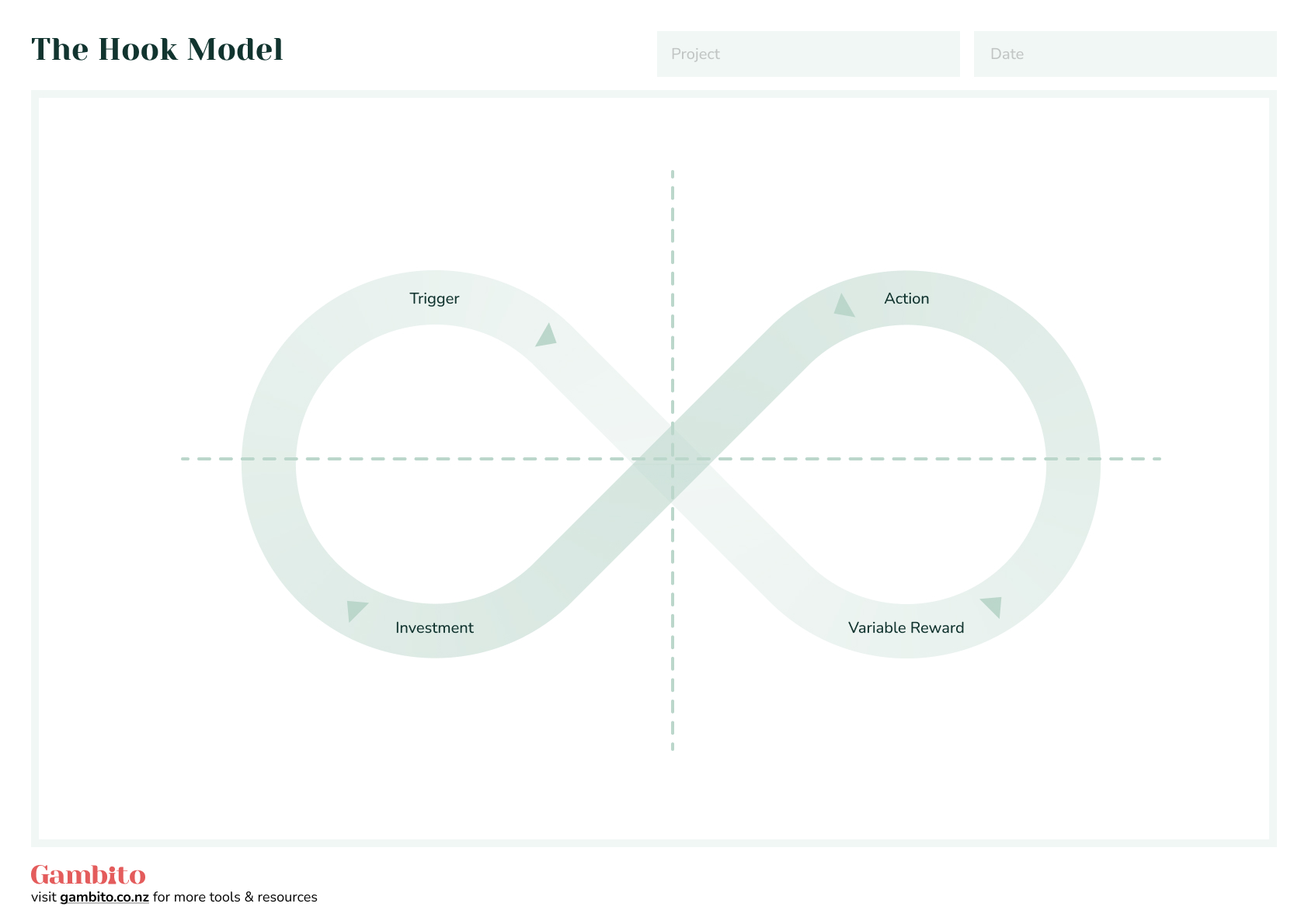
Behavioural economist Nir Eyal developed The Hook Model. This model is a four-phase process that businesses can use to create products or services that create a habit and high voluntary engagement by customers.
Please send download link to:
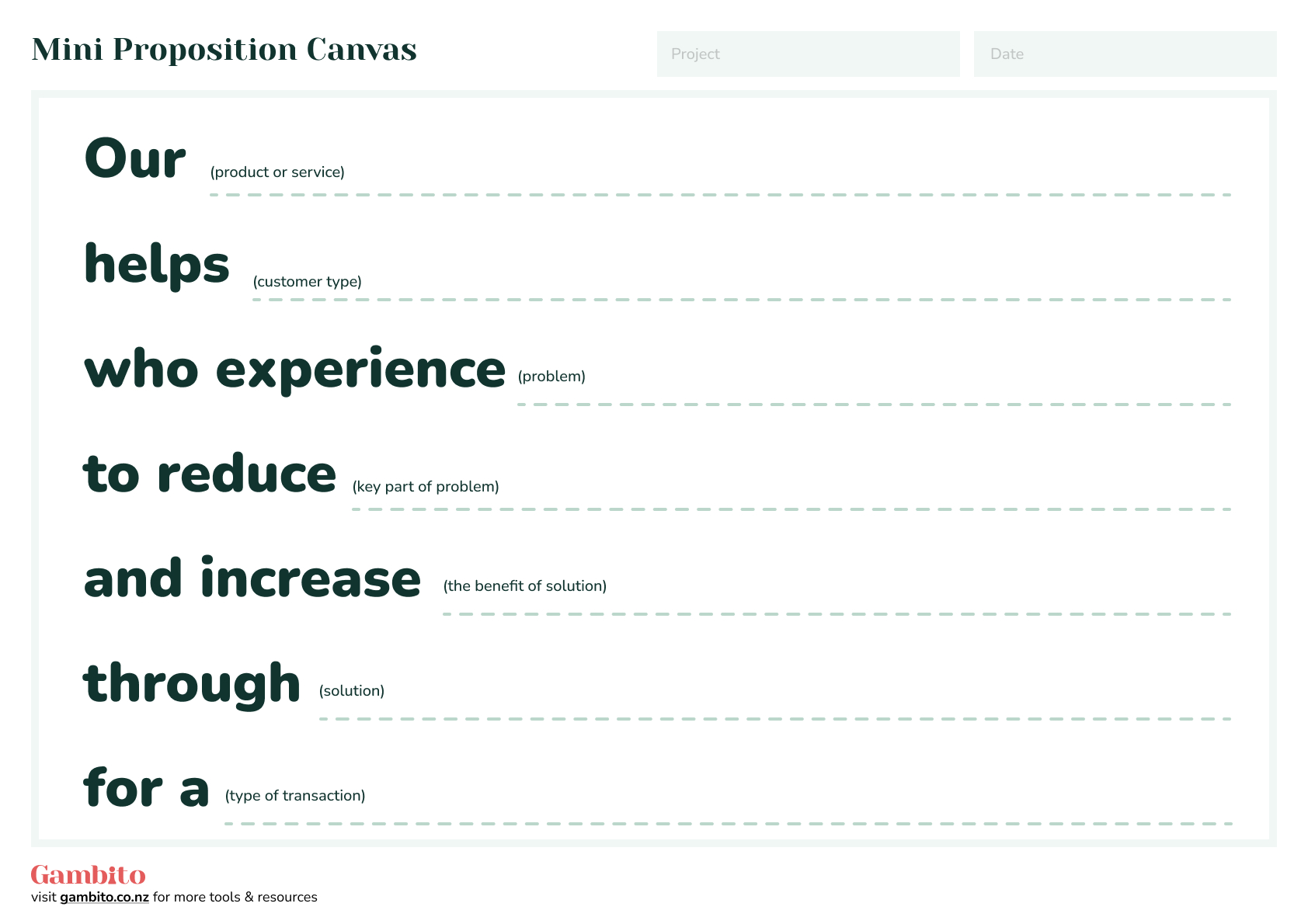
The Mini Proposition Canvas is a simplified version of the Business Model Canvas that can be used as your elevator pitch. This tool is helpful for entrepreneurs and marketers to quickly communicate their ideas.
Please send download link to:
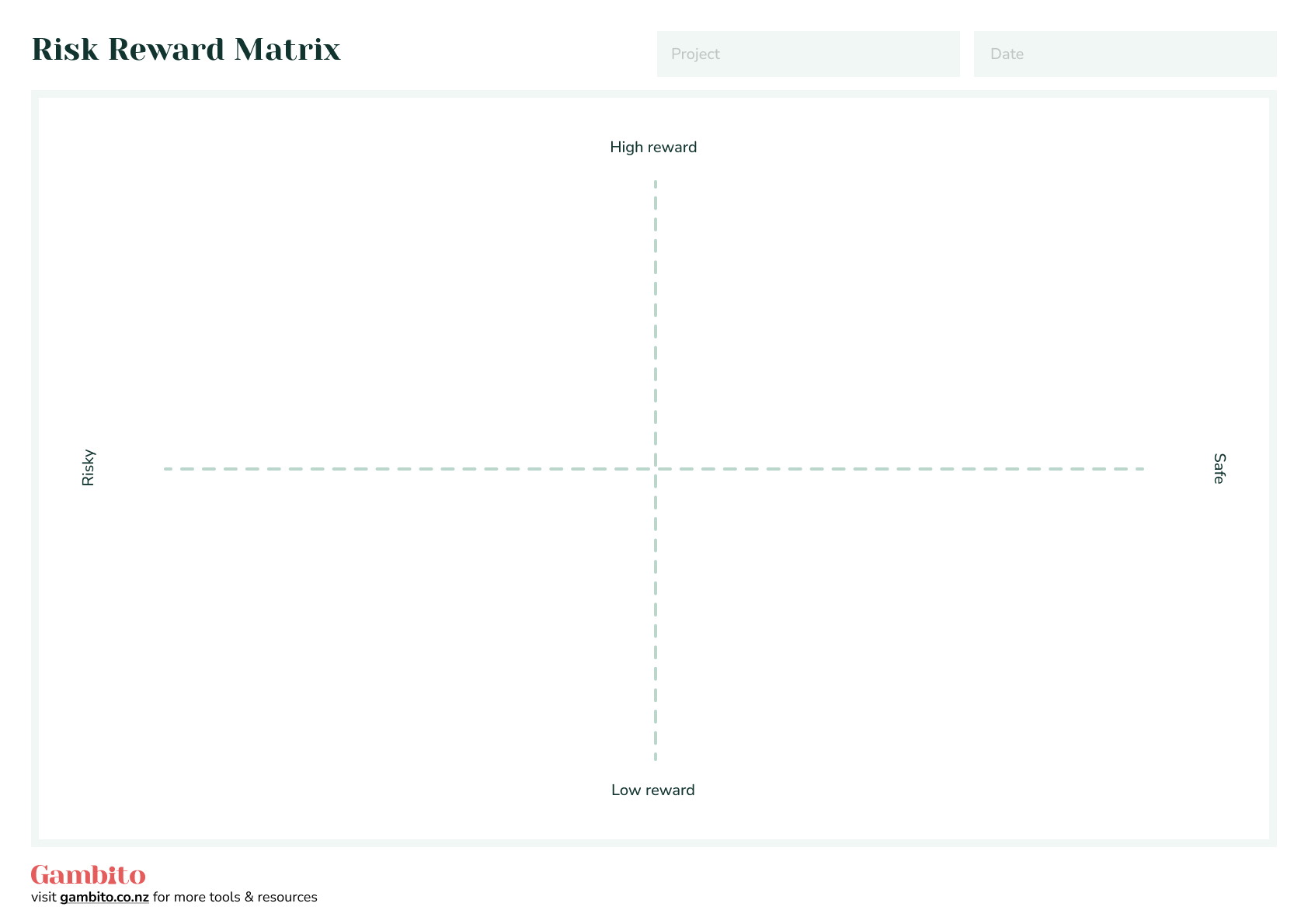
The Risk Reward Matrix is a decision-making tool that evaluates potential risks and rewards associated with a particular course of action. It helps decision-makers to prioritise risks and assess their potential impact. This tool is commonly used in project management, business strategy, and investment analysis to make informed decisions.
Please send download link to:
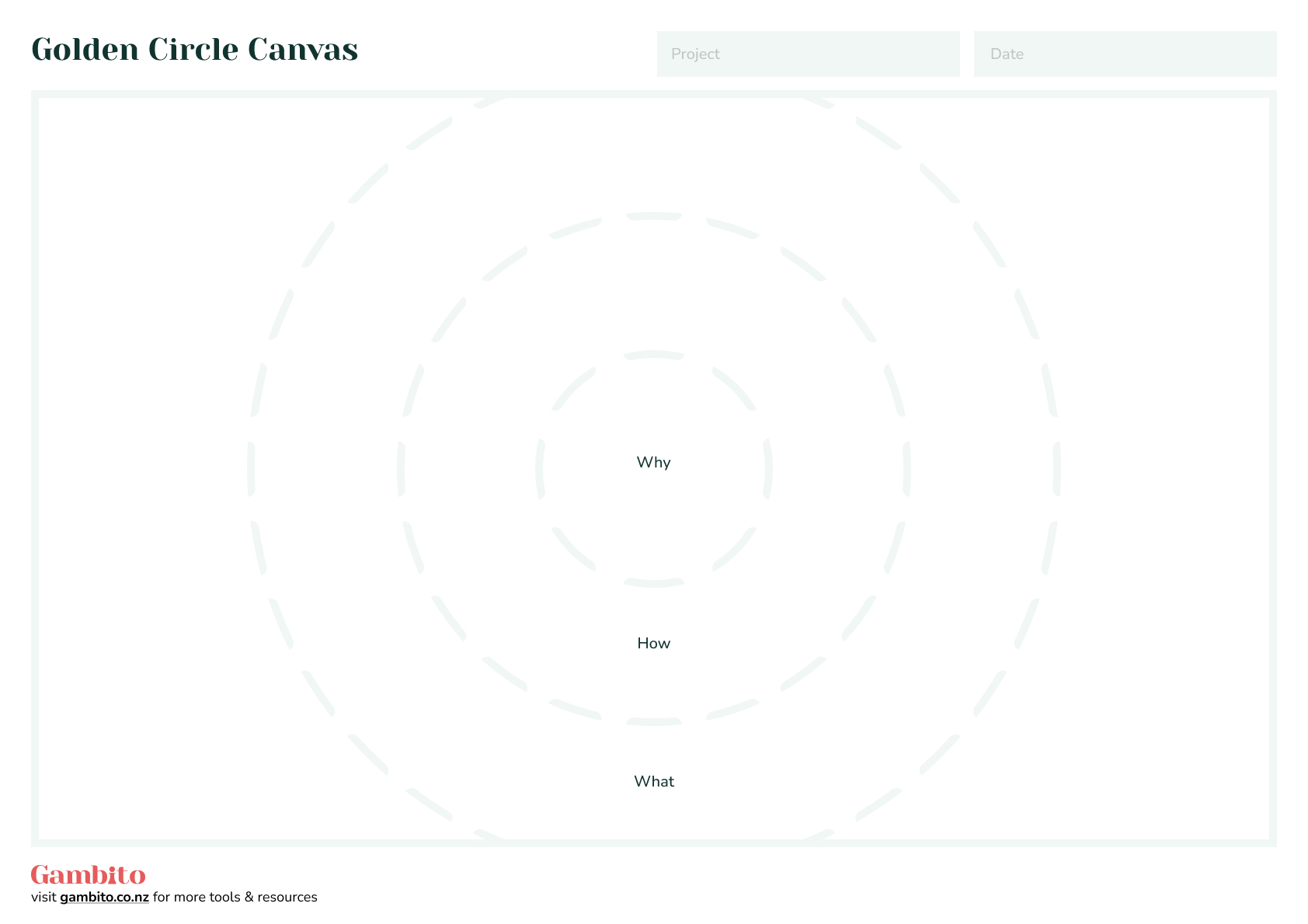
The Golden Circle Canvas helps businesses define their purpose, values, and mission through three components: Why, How, and What. By focusing on the “Why” first, businesses can create a strong sense of purpose that resonates with their audience and builds a loyal customer base. This tool is helpful for businesses looking to clarify their purpose and create a strong brand identity.
Please send download link to:
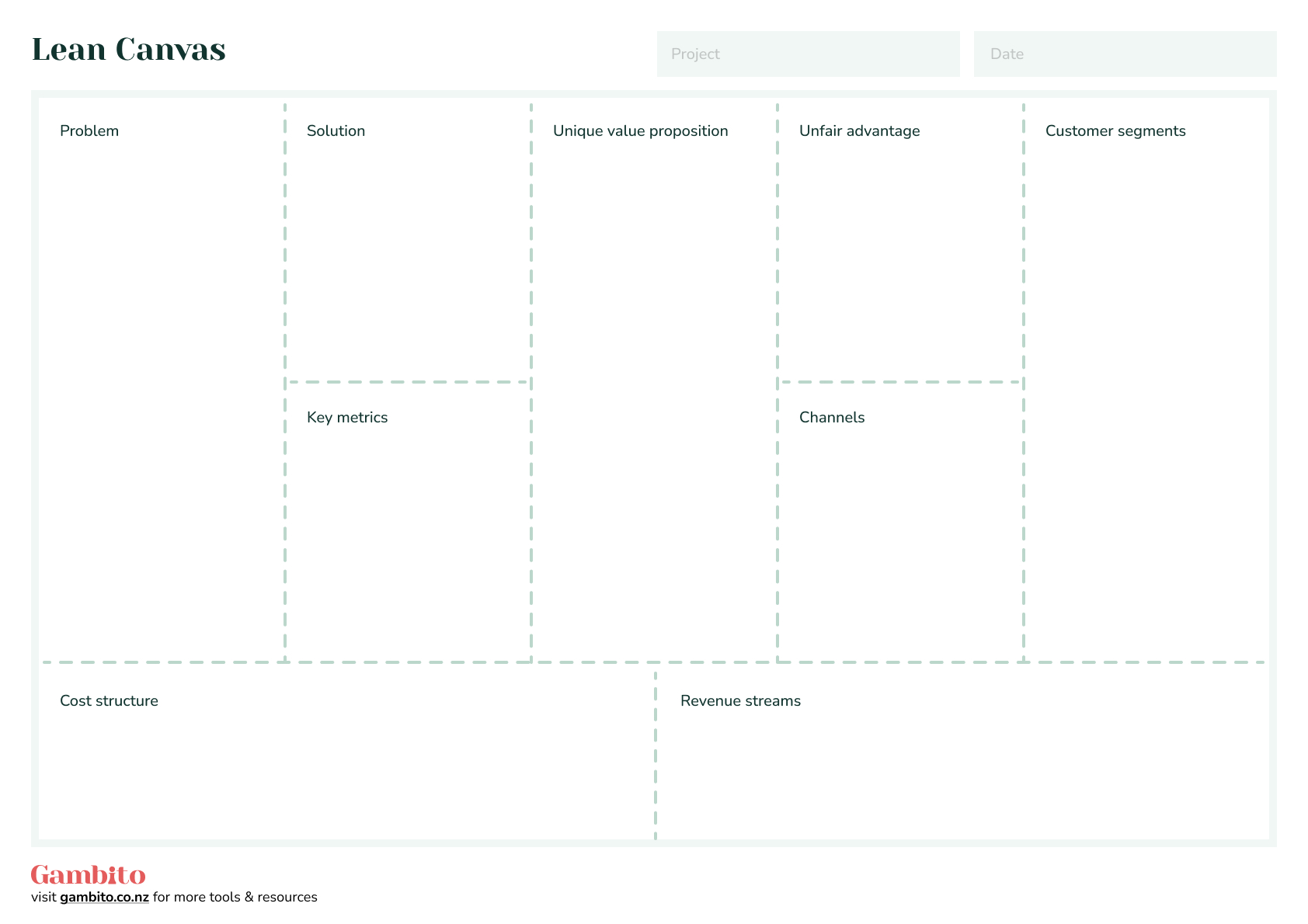
The Lean Canvas is a one-pager that focuses on the key elements of a business plan. Entrepreneurs can use this canvas to quickly identify potential roadblocks, test assumptions, and refine their business model.
Please send download link to:
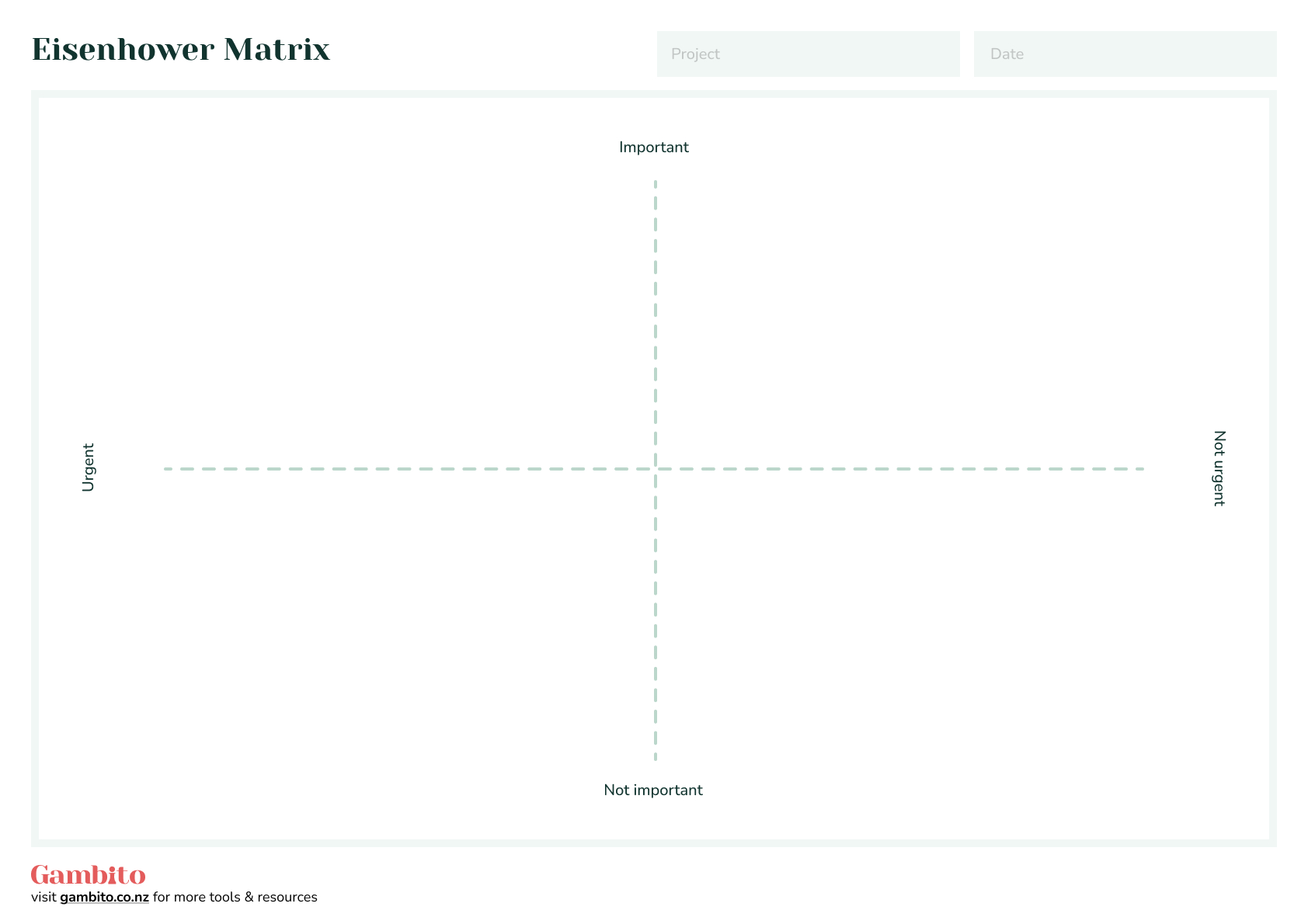
The Eisenhower Matrix is a decision-making tool that helps prioritise tasks based on urgency and importance, providing a clear view of what needs to be done first. Its benefits include increased productivity, time management, and the ability to focus on high-priority tasks.
Please send download link to:
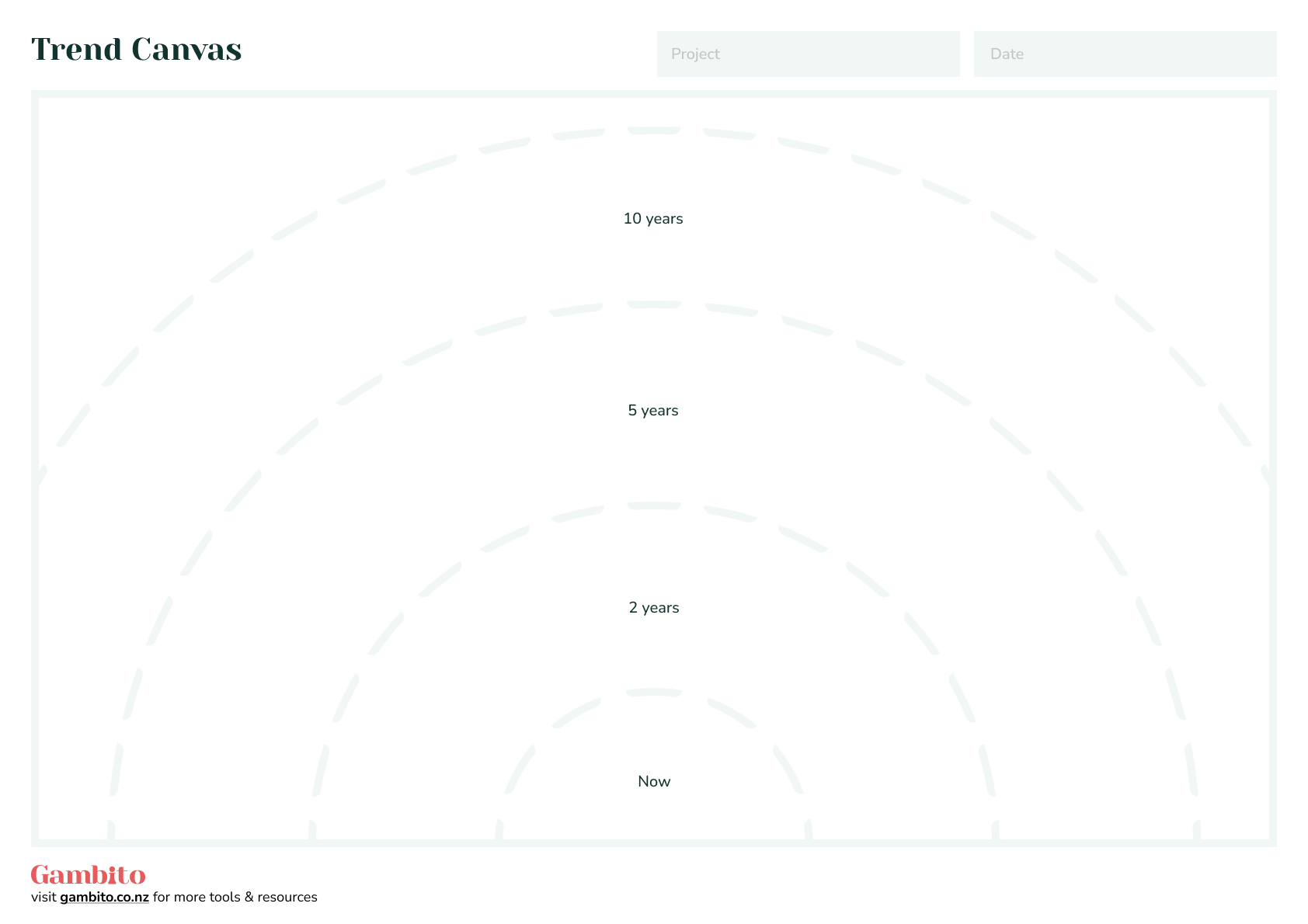
To innovate or start a new business, it’s crucial to understand the problem you want to solve and the context surrounding it, including market research, competitors, trends, and technological developments. The Trend Canvas helps bring this information together and create a shared mental map for you and your team to analyse and understand emerging trends in your industry.
Please send download link to:
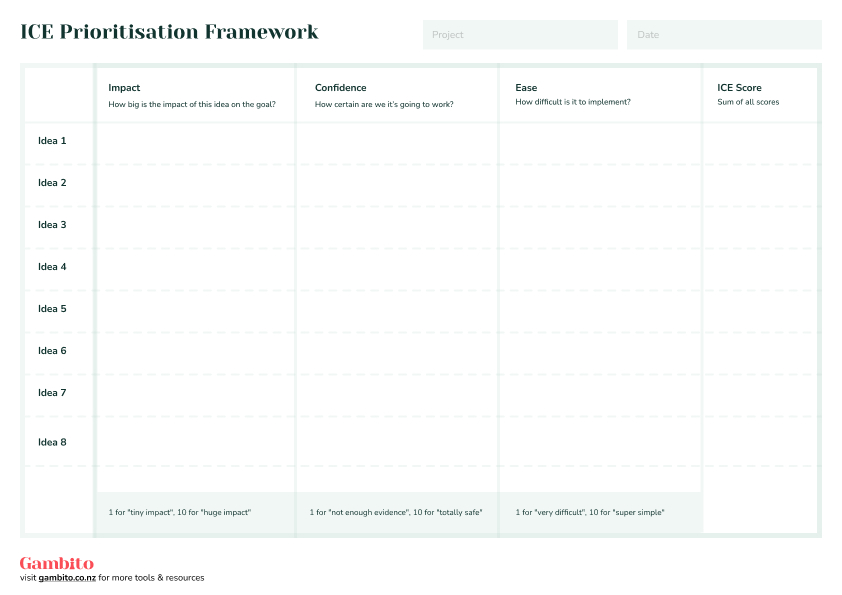
The ICE Prioritisation Framework is a decision-making tool that helps teams prioritise their product or feature ideas based on their impact, confidence, and ease of implementation. It assigns each idea a score based on these factors, with higher-scoring ideas considered more important to pursue. This is useful for teams looking to prioritise their backlog.
Please send download link to:
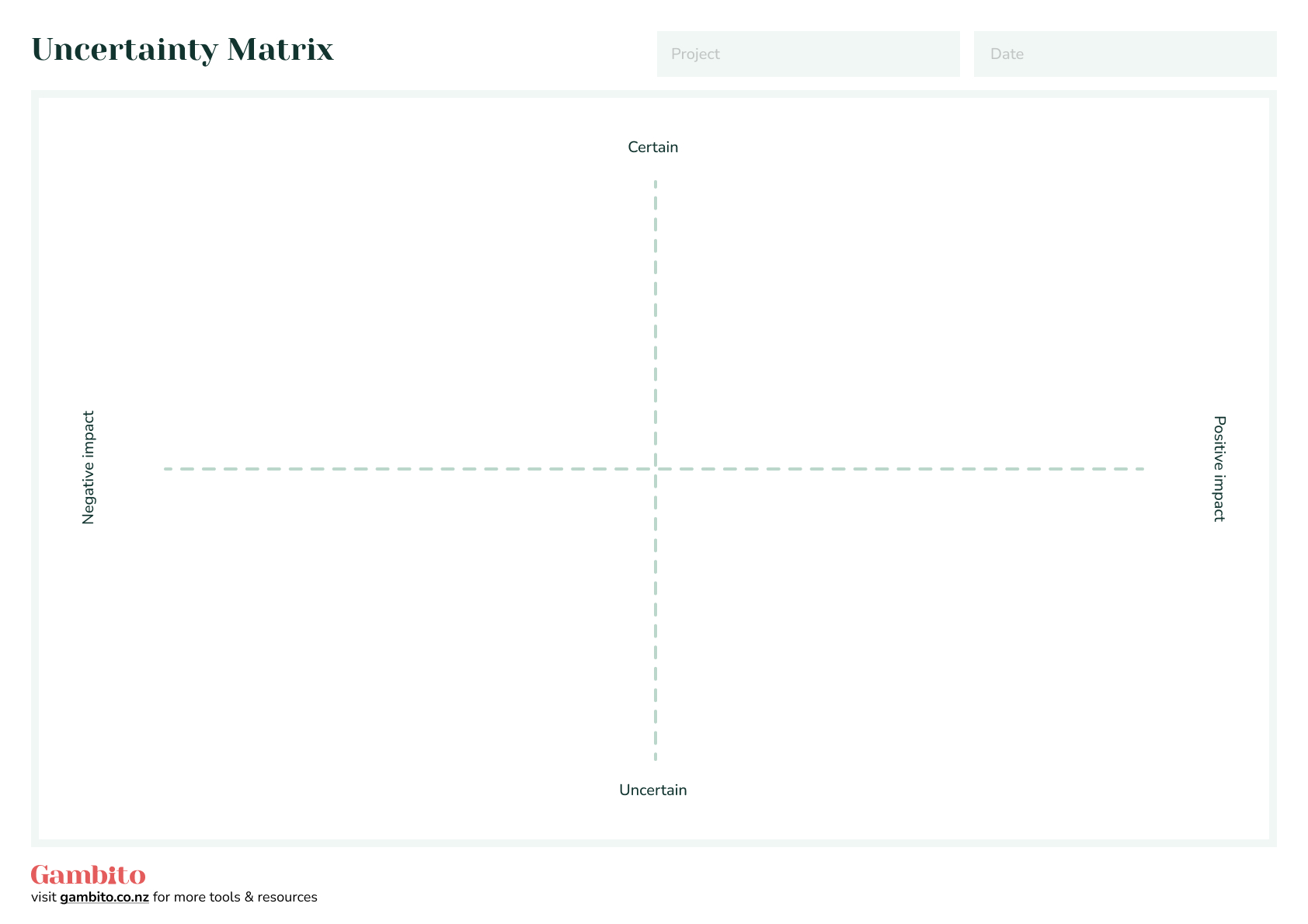
The Uncertainty Matrix is a tool used to analyse the level of uncertainty and risk associated with a particular project or idea. It consists of four quadrants, with each quadrant representing a different level of uncertainty and impact. The Uncertainty Matrix helps teams identify and prioritise their efforts based on the level of uncertainty and impact, allowing them to focus on high-priority tasks and mitigate potential risks.
Please send download link to:
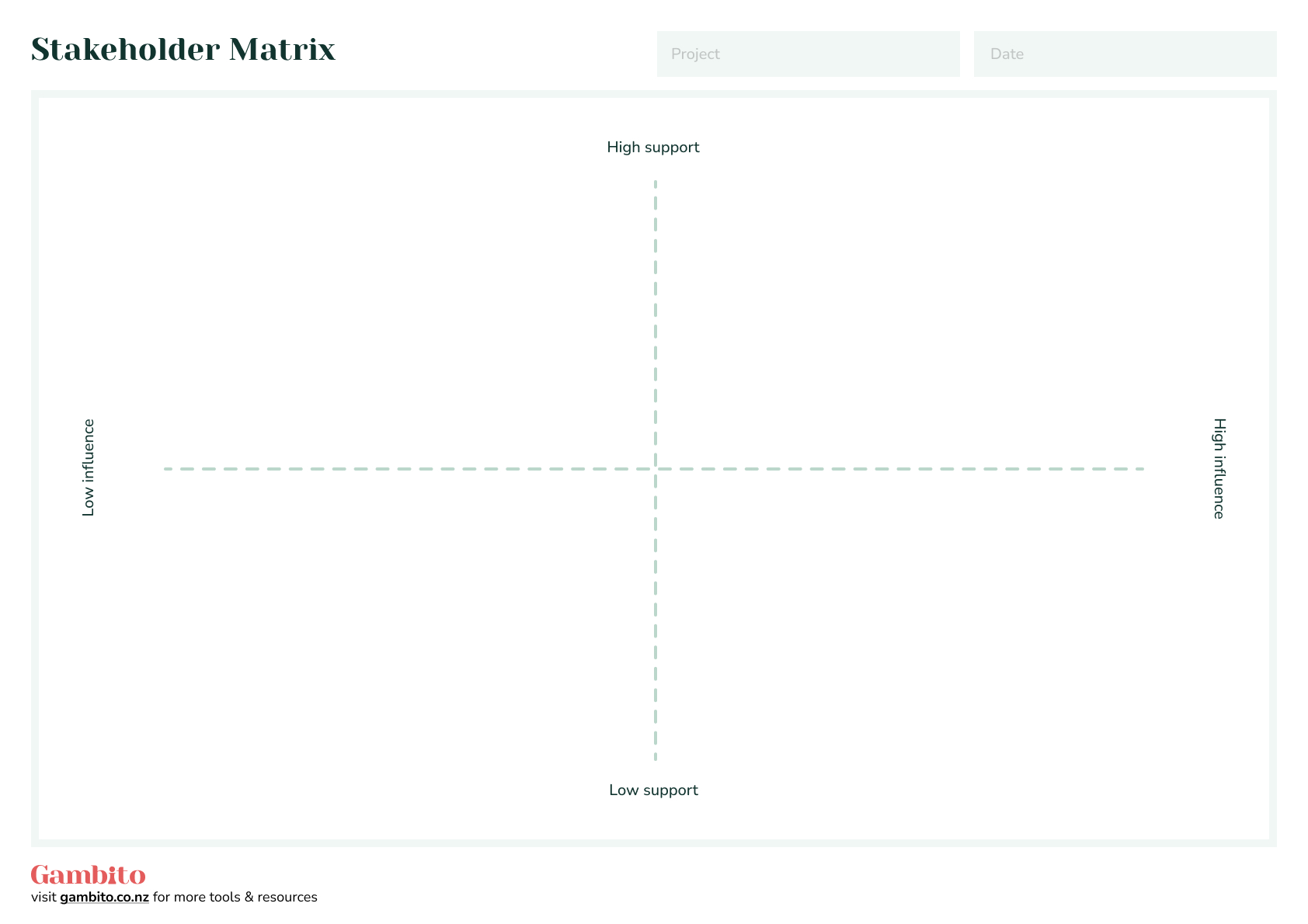
The Stakeholder Matrix is a tool used to analyse stakeholders based on their level of interest and power in a project or organisation. It helps teams prioritise their communication and engagement efforts with stakeholders based on their level of interest and power, allowing them to focus on high-priority stakeholders and build strong relationships with them.
Please send download link to:
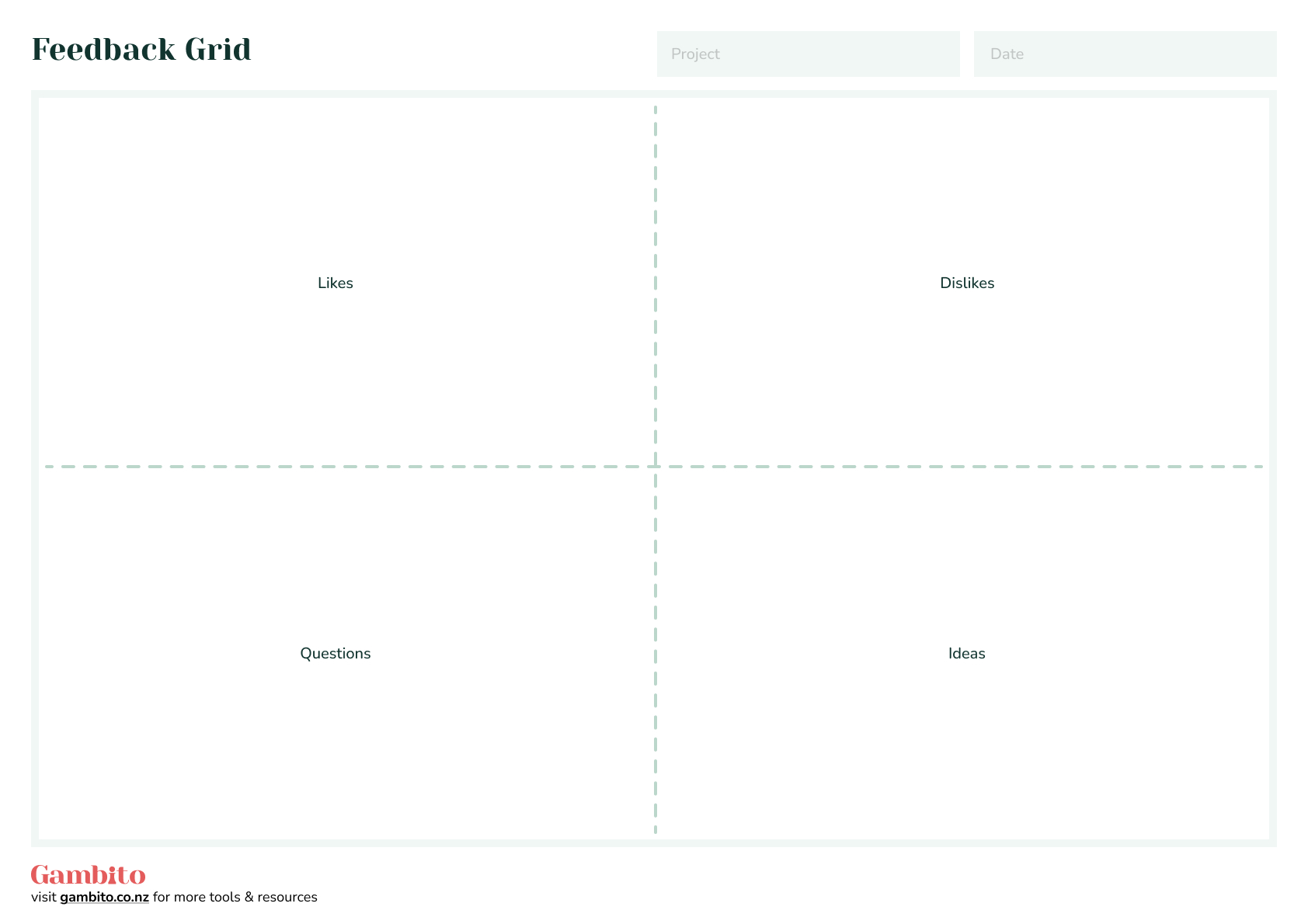
The Feedback Grid is a tool used to categorise and analyse feedback based on its level of positivity and usefulness. It helps teams understand the impact of feedback and prioritise their actions based on the feedback received, allowing them to focus on high-priority areas and make improvements where necessary.
Please send download link to:
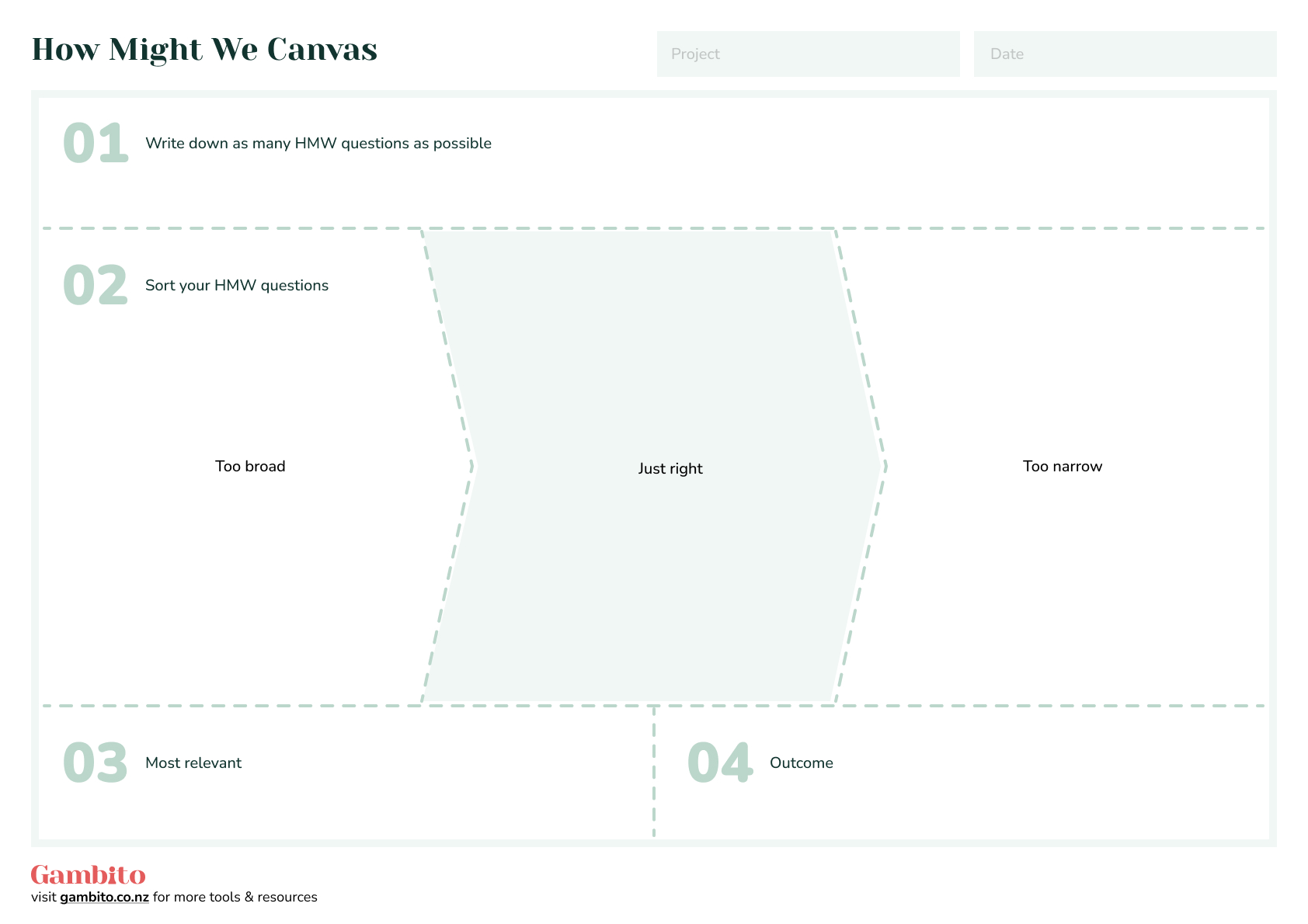
The How Might We Canvas is a tool used to generate creative solutions to a particular problem or challenge. It helps teams generate innovative ideas and brainstorm potential solutions to a problem in a structured and collaborative way.
Please send download link to:
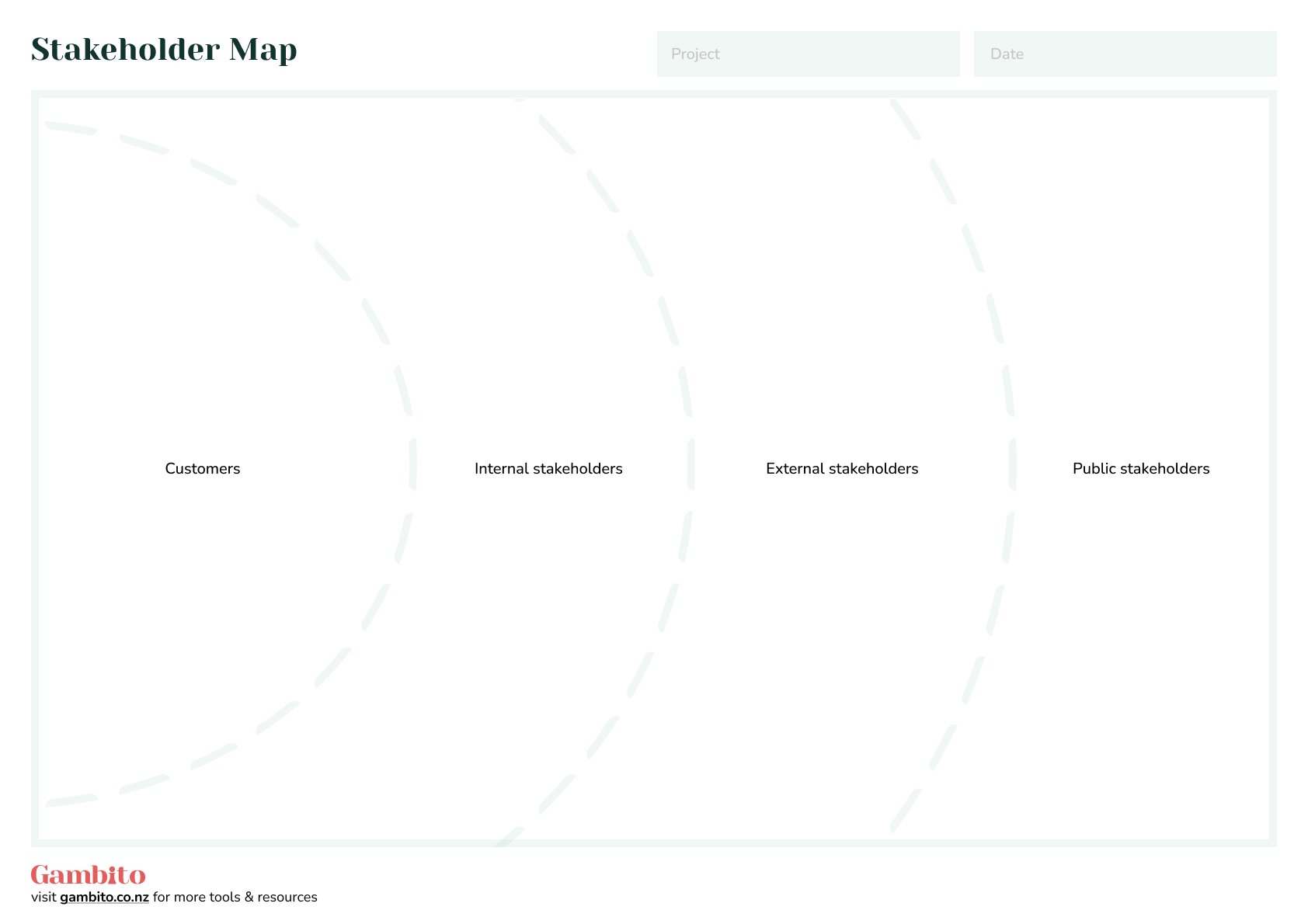
The Stakeholder Map is another way to identify and analyse stakeholders who have a stake in the success of a startup or project. These stakeholders could be partners, investors, or decision-makers who can influence the startup journey. The Stakeholder Map helps to identify key stakeholders, navigate potential blockers and supports, and influence stakeholders effectively.
Please send download link to:
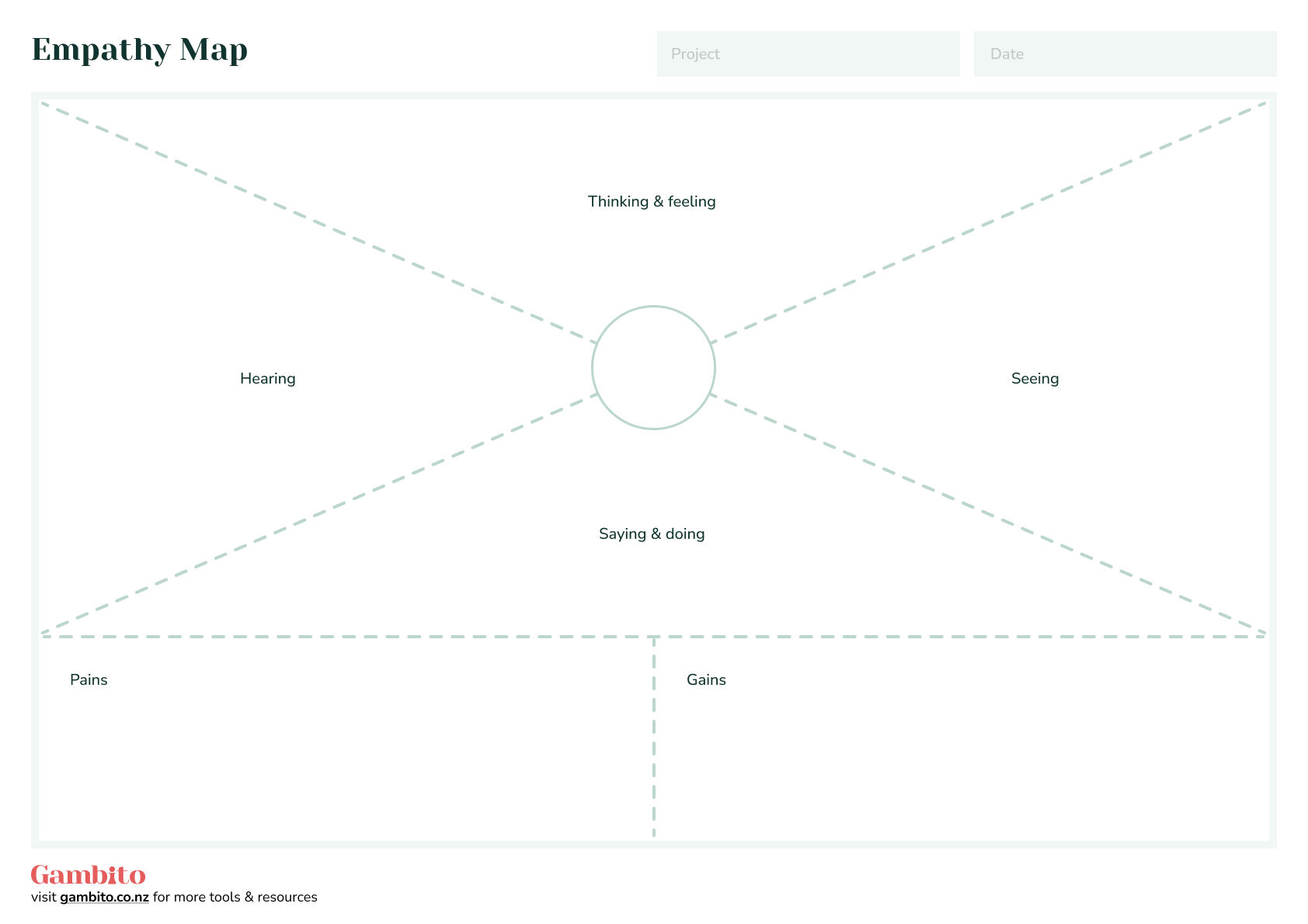
An Empathy Map is a tool used to gain a deeper understanding of a target audience or user. It helps to identify the user’s feelings, needs, behaviours, and goals, and to develop empathy for their perspective. The Empathy Map helps to create a shared understanding of the user’s perspective among the team and to design products or services that meet their needs.
Please send download link to:
Level 1/239 Ponsonby Road, Ponsonby, Auckland 1011, New Zealand
© 2025 Gambito Limited